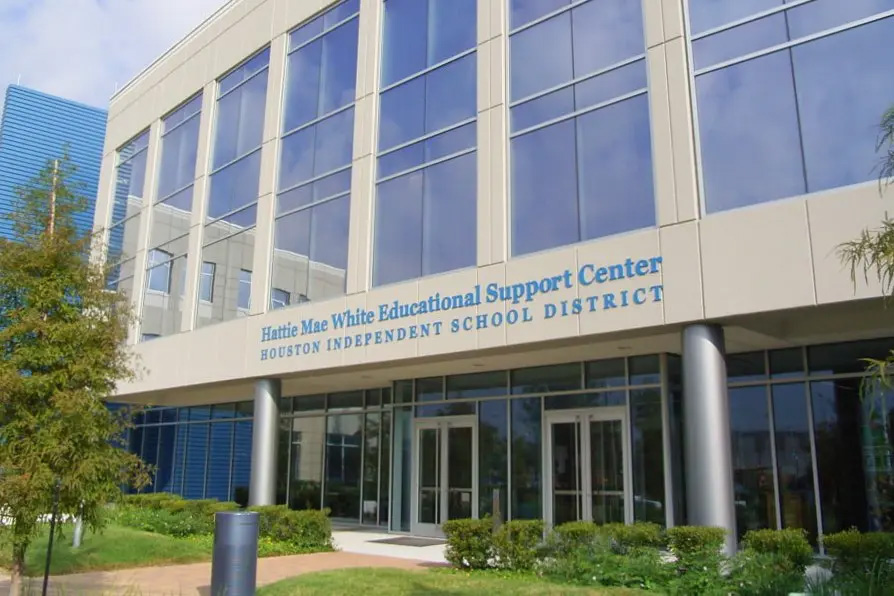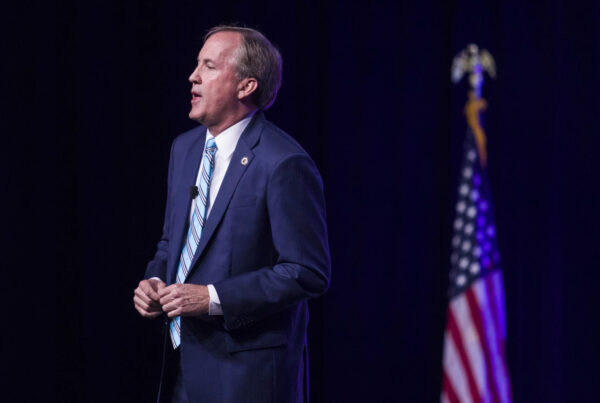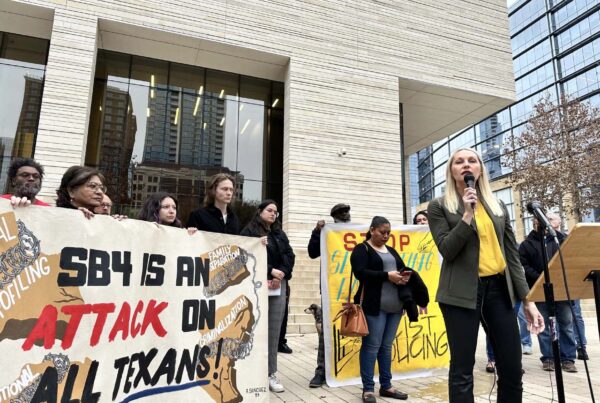At Crockett Elementary in the Heights area of Houston’s Northside, music is almost always in the air. It’s a magnet school for the performing and visual arts.
“It’s something that I think is really unique,” said parent Liz Silva. “There’s not many schools where children are taking percussion multiple times a week, and they have orchestra options and all of the instruments, and they have dance and visual arts.”
But now, many families are on edge. That’s because Crockett faces reforms next year under the New Education System (NES), which features centrally created lessons, quizzes every class, a district-approved model of classroom instruction and a strict approach to student discipline.
“I think that it’s a little too militant,” Silva said.” I don’t think kids need to be taught and timed and tested after every subject … you know, we’re worried that the kids aren’t going to have as much fun.”
Silva plans to keep her kids at Crockett, despite the reforms from the state-appointed administration. So does Joshua Connelly, another parent, who’s more open to the changes — especially the higher pay for educators.
“HISD, as a whole, has been doing terrible,” Connelly said. “Something needed to change. I don’t know if this was what needed to change, but doing the same thing over and over again is idiocy.”
Some parents aren’t so sure whether they’ll stay. Crockett isn’t the only school facing changes. NES is expanding from 85 schools this year to 130 campuses by August.
The expansion took place over the protests of many parents. It raises questions about Houston ISD’s ability to level off a dramatic, four-year enrollment decline, which began before the current administration but poses a fiscal threat to the sustainability of the high-cost reforms.
At Betsy Ross Elementary, parent and PTO president Eugenio Saenz — who’s also a former student — did not want the NES reforms, especially the centrally-created lessons that educators must use.
“You’re doing that to teachers who have been teaching for 20, 30 years,” Saenz said. “A lot of those teachers don’t want to do that. … They know each student learns differently.”
After the district announced that Ross would “opt-in” to NES, Saenz said he plans to send his daughter to a different school.
As Duncan Klussman with the UH College of Education explains, the fast-paced changes could lead to a continued enrollment decline — though it’s too early to tell if NES itself is having an impact, or whether families who choose to leave NES schools will still remain in the district.
“I think in HISD’s situation, we’re coming out of a pandemic where a lot of districts are down from their enrollment, but now we also have a lot of uncertainty that’s put on top of that,” Klussman said. “What I hear from parents in the system is just the uncertainty of where things are going to go.”
Houston ISD had an enrollment problem prior to the current, state-appointed administration. The student body shrunk by more than 20,000 students between the start of the pandemic and last school year — from more than 210,000 to about 188,000, the lowest level since 1985.
The sharpest enrollment drop came during the pandemic when the district lost more than 13,000 students. The district lost about 7,000 students before last school year, and the enrollment decline slowed this year to about 5,000, leaving the district with just over 183,000 students as of December.
Erin Baumgartner, with the Houston Education Research Consortium at Rice University’s Kinder Institute, points to booming enrollment in some suburban districts as well as competition with charter schools. And, at a broader demographic level, there’s also the fact that families across the country are having fewer children.
“Until, honestly, there are better policies about leave — parental leave — and childcare and support for families, it’s going to be harder to get the population numbers back up to where they used to be,” Baumgartner said.
Fewer students means less funding, and the expanding NES reform program is expensive — estimated by the administration to run over $100 million this year. The spring budgeting cycle is about to start, and Superintendent Mike Miles has promised cuts in an effort to address HISD’s more than quarter-billion-dollar budget deficit.
















